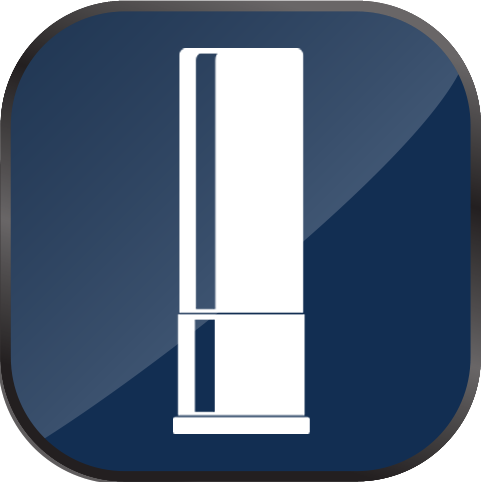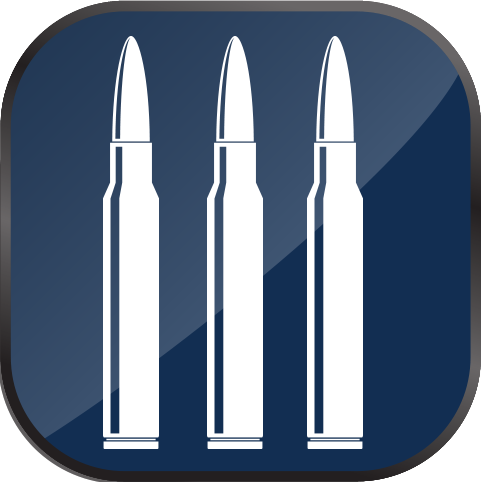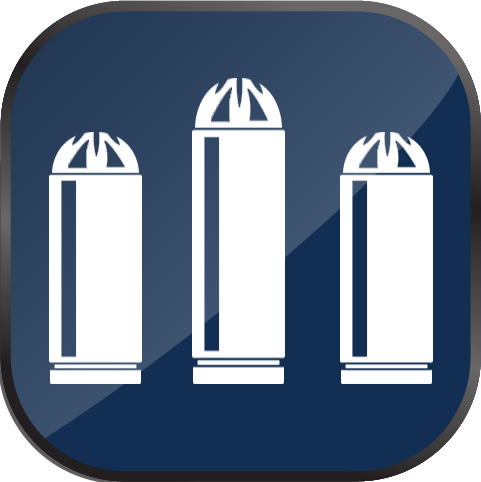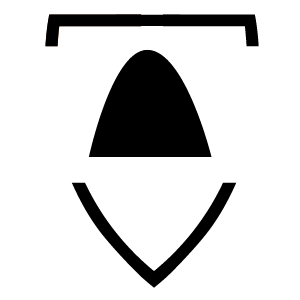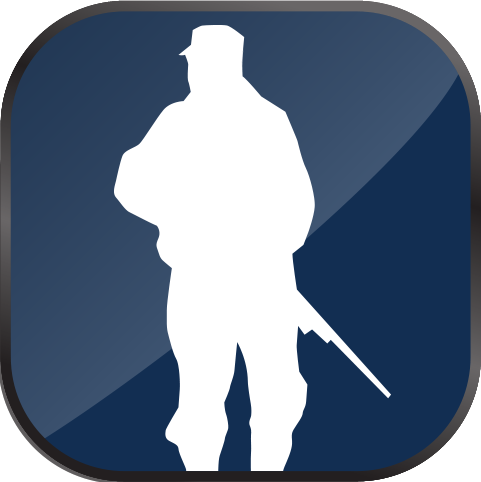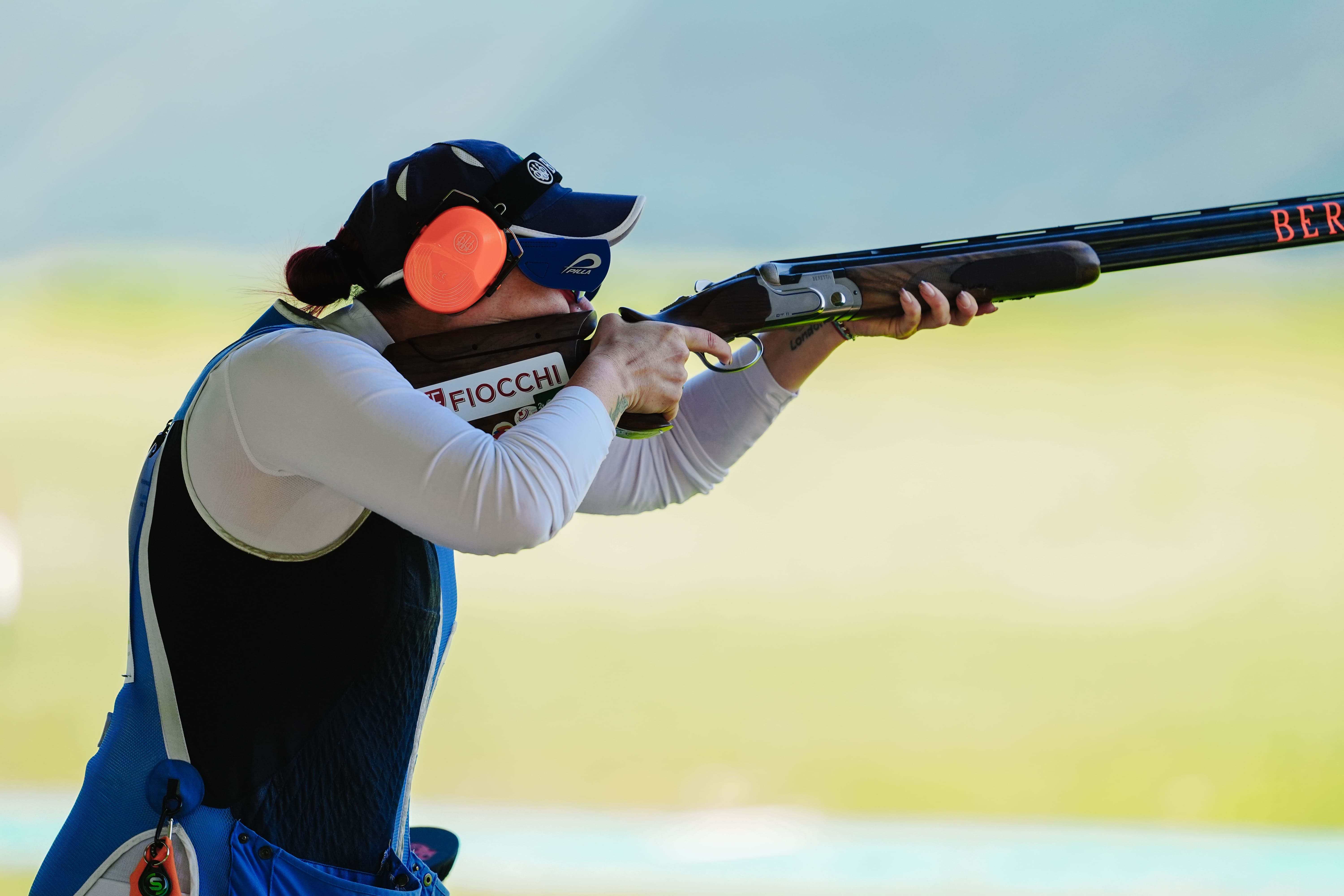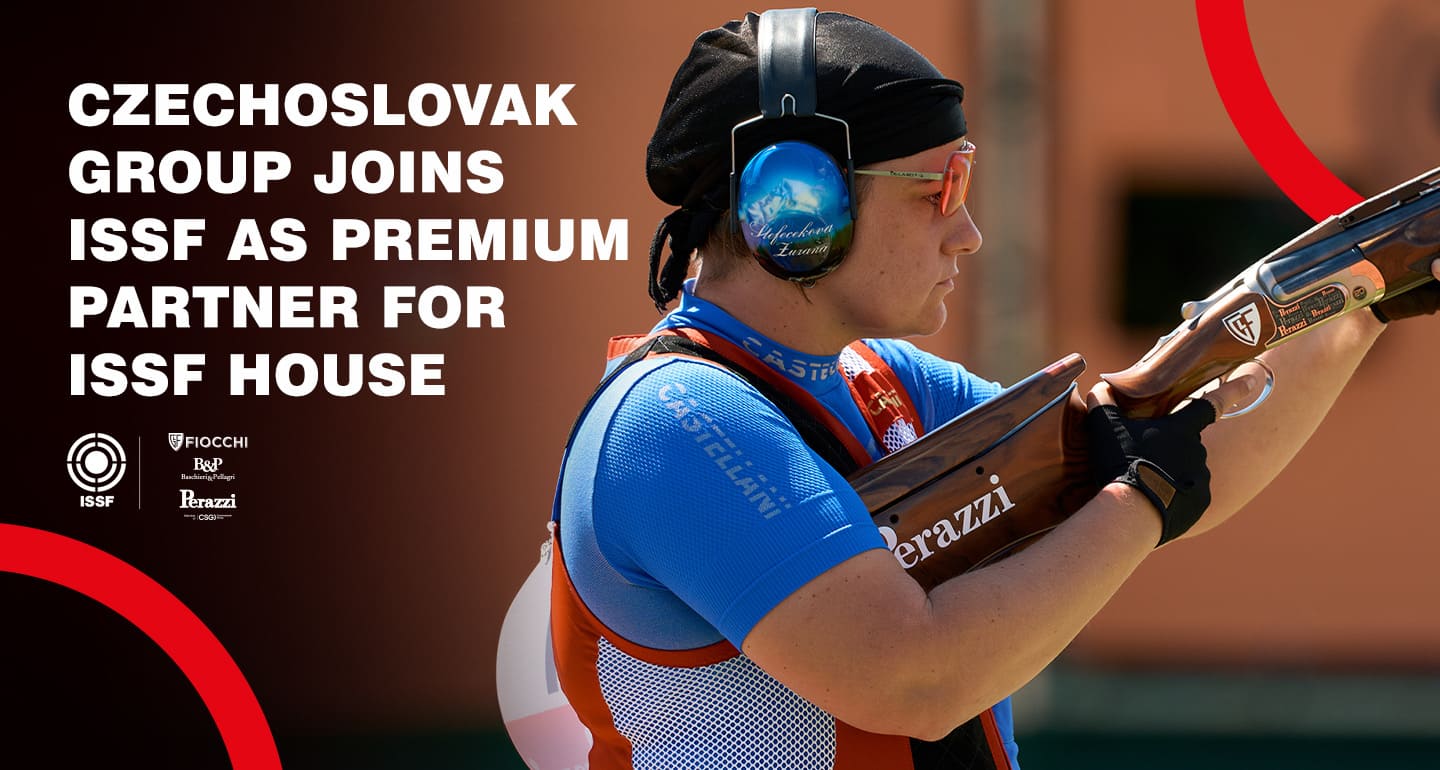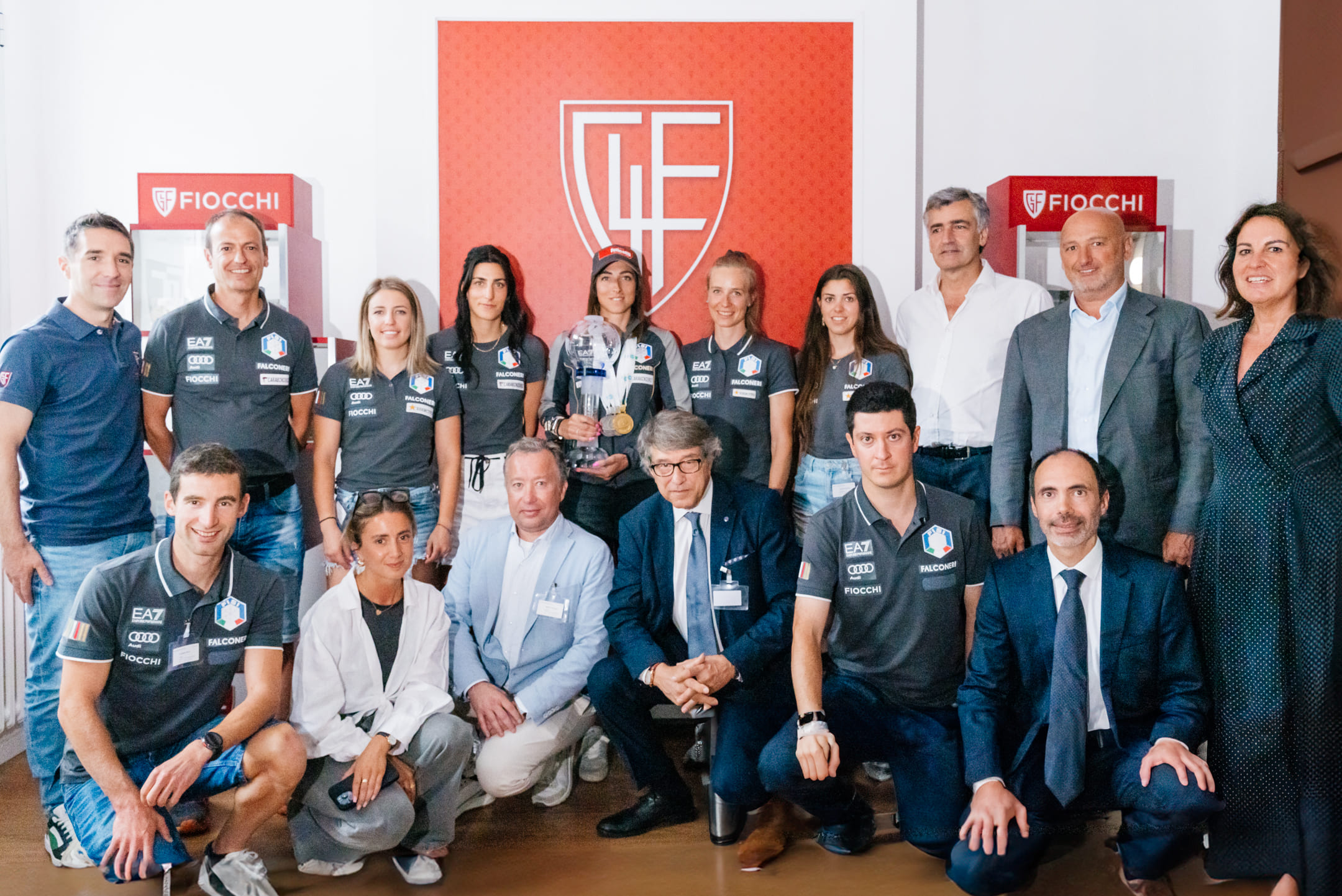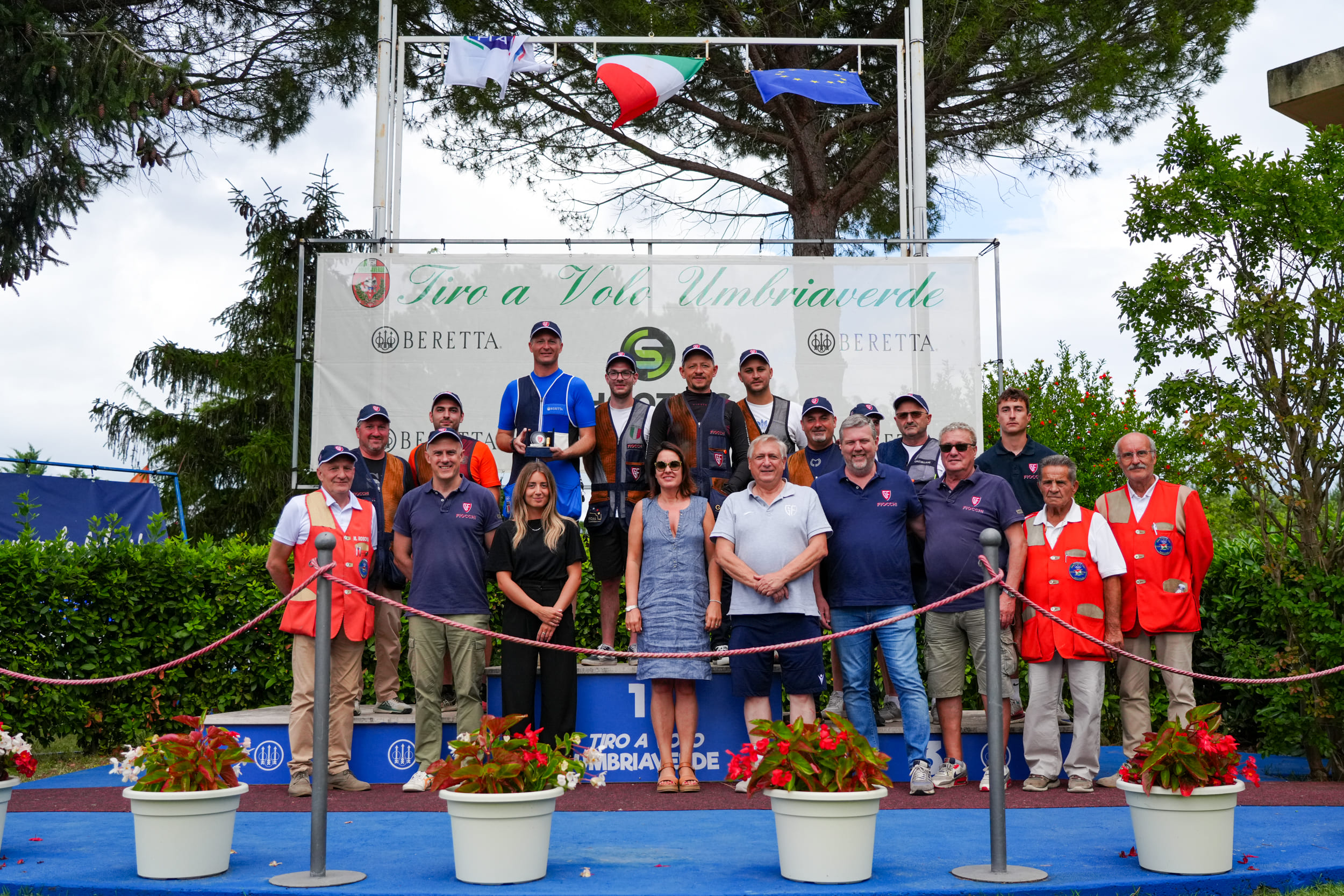Bullet velocity data can be found on the cartridge box. However, care must be taken because the speed depends on the length of the barrel in which the bullet is fired. A shorter barrel on your shotgun allows for lower velocities while also affecting velocity and drop data – at various ranges. For this reason, it is always better to first test the cartridges with your own gun and then proceed with the calibration before going hunting.
Copper and traditional lead bullets
Traditional bullets consist of a tombac or brass jacket and a lead core. The game to be shot influences the choice of the bullet in terms of weight and structure: generally, a larger game requires heavier bullets.
Pure copper bullets (monolithic) are interesting because with this material it is possible to produce bullets with a high ballistic coefficient, but it is important that the bullet structure allows a high expansion even at low speeds and therefore maintain their stopping power, even at a great distance.
Good shooting is more important than ballistic technique
The success (or failure) of a single shot with the game that falls electrocuted must not influence the judgment on a bullet, whose effectiveness must be tested on a statistical basis, with dozens of hits achieved in the most fifferent hunting situations.
Being able to place a good, precise and effective shot depends on the calibration of the weapon, on shooting training and on the positioning of the shooter, on the type of bullet used and clearly on the position in which the animal is located. Obviously you could have the lucky shot, but basically, as in all disciplines, the constancy of good results is not obtained with improvisation.

 IT
IT

